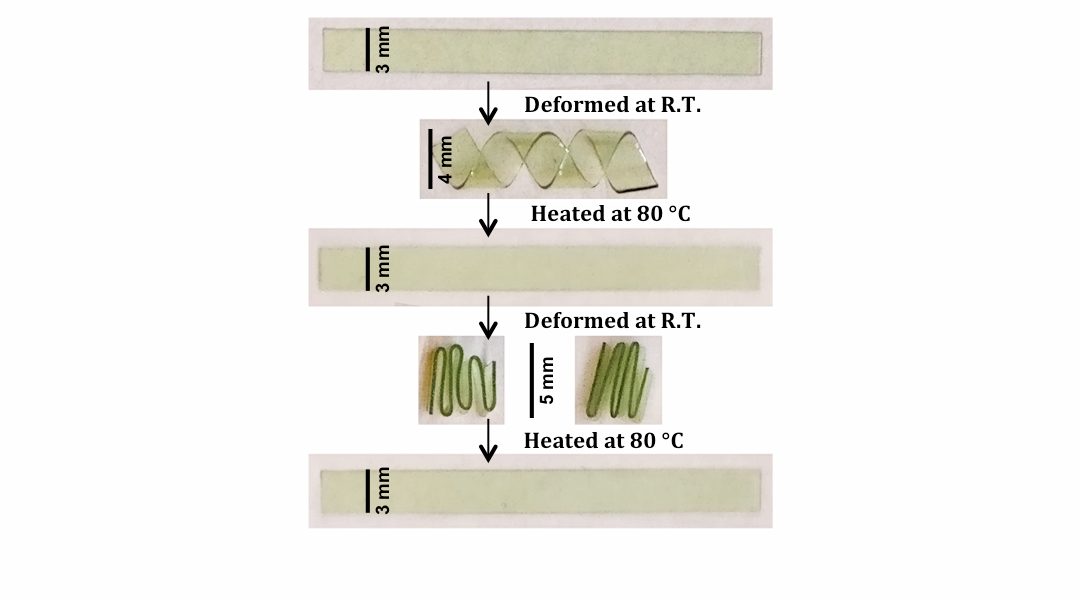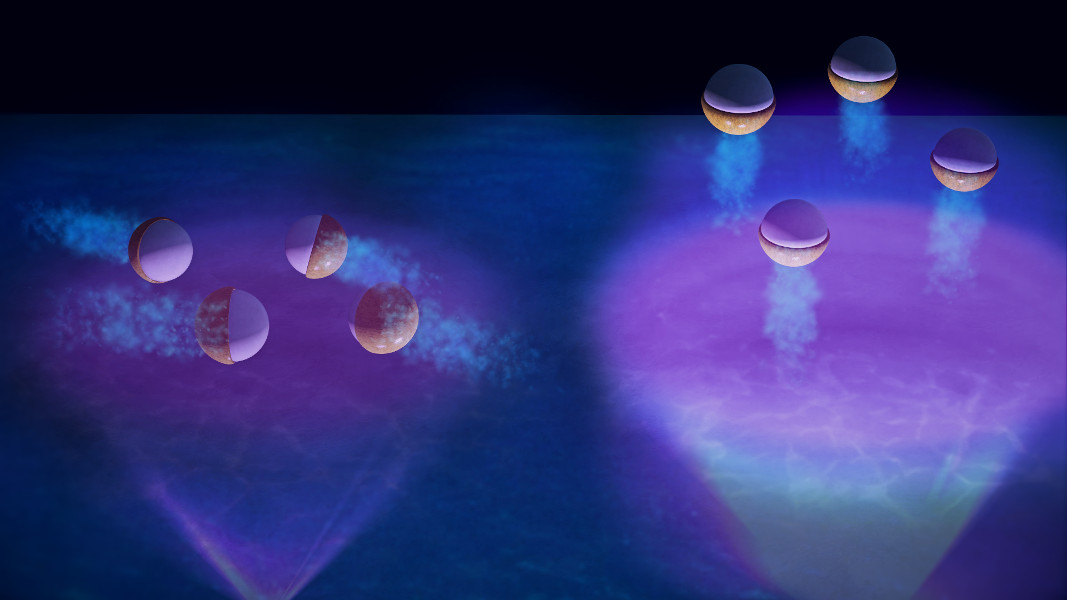Capillary stamping of micro-/nanometer scale replica patterns as a potential tool for the design and fabrication of small electronics


Capillary stamping of micro-/nanometer scale replica patterns as a potential tool for the design and fabrication of small electronics
![Microbial Sensors Based on ZnO Nanorod Arrays [Video]](https://www.advancedsciencenews.com/wp-content/uploads/2018/05/adfm201706309_ASN_image.jpg)
The size, shape, and order of nanorods in solid-state microbial sensors are controlled using the forces of gravity and magnetism.

A strategy to transform various photosensitizers into activatable ones for photodynamic therapy is reported.
![Early-Stage Cancer Detection with a Lanthanide-Based Metal Organic Framework [Video]](https://www.advancedsciencenews.com/wp-content/uploads/2018/04/adfm201707169_ASN_image_002.png)
Researchers from Nankai University and the Collaborative Innovation Center of Chemical Science and Engineering in Tianjin, China, demonstrate a luminescent sensor based on a lanthanide metal–organic framework (Ln-MOF) for early detection of cancer.

Thermosetting photopolymers with high stiffness, strength and thermoplastic-like ductility.
![Trans-Scale Biosensing Interface for Ultrasensitive Detection [Video]](https://www.advancedsciencenews.com/wp-content/uploads/2018/04/adfm201706981_ASN_image.jpg)
Dr. Fan Yang and Prof. Guo-Jun Zhang from Hubei University of Chinese Medicine, and co-workers, engineer a trans-scale biosensing interface capable of ultrasensitive microRNA detection.

Artificial photochemically-active microswimmers, with 2D or 3D swimming behavior, can also swim against gravity.
![Gold-based Nanoscaffold for Peripheral Nerve Injuries [Video]](https://www.advancedsciencenews.com/wp-content/uploads/2018/04/adfm201707077_ASN_image.jpg)
Shanghai Jiao Tong University researchers design a novel nerve guidance conduit for peripheral nerve regeneration. The performance of the polydopamine-coated, gold polycaprolactone nanoscaffold is enhanced when loaded with bone marrow mesenchymal stem cells and Schwann cells.

Lithium-metal batteries can hold up to 10 times more charge than batteries that currently power our phones, laptops, and cars; but, they have one fatal flaw…

Biosensor arrays facbricated from two intertwinned polymeric networks.